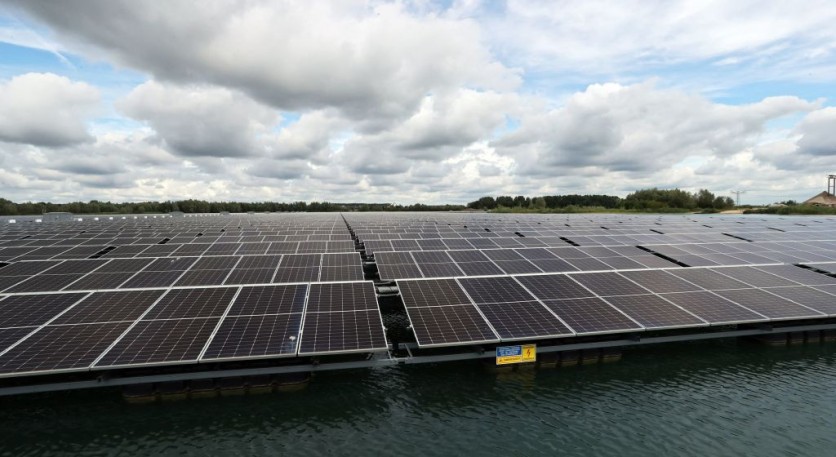A new project of floating solar panels in the North Sea has been announced, as reported by Interesting Engineering. The project is part of the collaboration to build "floating solar parks" where the RWE, a German-based energy company, will invest in a pilot project to deploy floating solar technology.

The pilot is known as Merganser, which is scheduled for installation in Ostend, Belgium. It will be the first offshore pilot for Dutch-Norwegian company, SolarDuck, according to a statement.
Merganser will give SolarDuck a crucial first-hand experience in one of the most challenging offshore environments in the world. The latest innovation will bring about new possibilities for solar energy despite the abrasive conditions of the North Sea.
With the combination of SolarDuck's technological and commercial creativity and RWE's position in the world market, the two sets an ideal framework that can advance the adoption of the technology.
Also Read: Sahara Desert Solar Panels Contributing to Global Warming, Scientists Find Out
The Solar Technology
SolarDuck's offshore floating solar technology offers a solution to produce renewable energy for the ever-increasing land shortage today. With offshore floating solar incorporated into offshore wind farms, it will provide for synergies in regards to the building and maintenance of the multi-source renewable energy plant.
This is also a more effective use of ocean space for electricity generation and will lead to a more balanced output profile.
The triangular-shaped platform has been certified by Bureau Veritas as the world's first offshore floating solar installation. It is designed to float a few meters above the ocean and move with the waves like a carpet. In turn, it maintains the integrity of the semi-submersible structure and keeps its electrical components safe and dry.
A Longer-Term Goal
SolarDuck and RWE want to employ SolarDuck's technology in a more extensive demonstration project at the Hollandse Kust West, also an offshore wind farm.
This is not the first project that combines solar and wind energies. The Hollandse Kust wind farm, which is also located in the North Sea, plans to use floating solar technology. Eneco and Shell have teamed up and formed CrossWind.
Also, a Portuguese company opened a 5 MW floating solar park in Alqueva just earlier this month. The park has over 12,000 solar panels and is referred to as the largest reservoir in Europe.
With the ever-increasing need for renewable energy, solar and wind energies are making a comeback. However, offshore is particularly difficult to harvest. The steady and powerful winds allow the floating technology to work more effectively. Offshore wind power is more efficient since it is less affected by land-based activities.
The floating technology promotes the use of offshore wind power. Solar is a proven technology. However, offshore wind power is still a new concept. It will require more research, development, and customized design to make it more efficient to let it become competitive in the energy market.
Related Article: Best Solar Energy Websites & Top PV Industry News, Blogs
This article is owned by TechTimes
Written by April Fowell
ⓒ 2025 TECHTIMES.com All rights reserved. Do not reproduce without permission.

![Best Gaming Mouse For Gamers With Smaller Hands [2025]](https://d.techtimes.com/en/full/461466/best-gaming-mouse-gamers-smaller-hands-2025.png?w=184&h=103&f=6fd057ef777bd39251d4e7e82e9b23f1)


